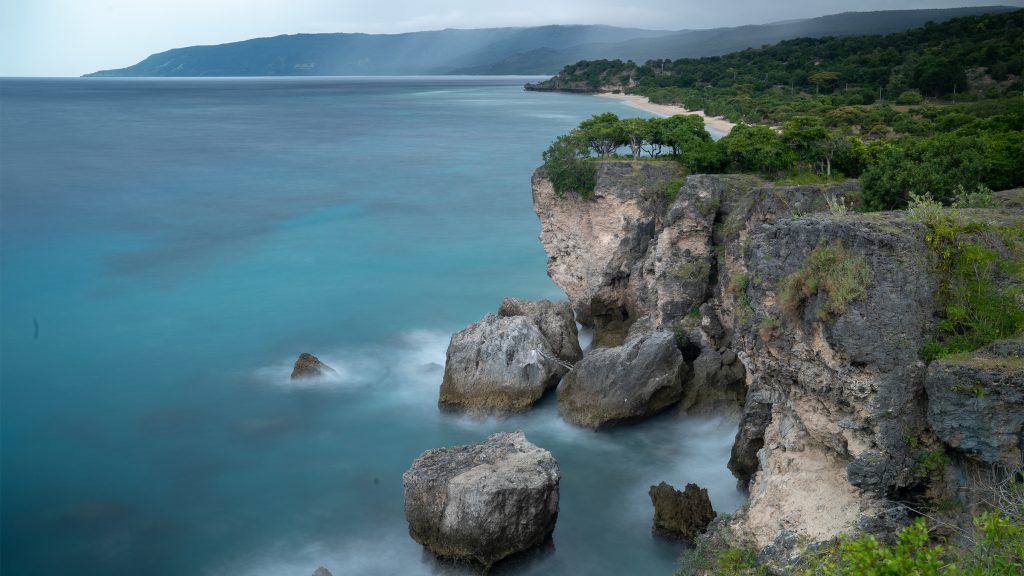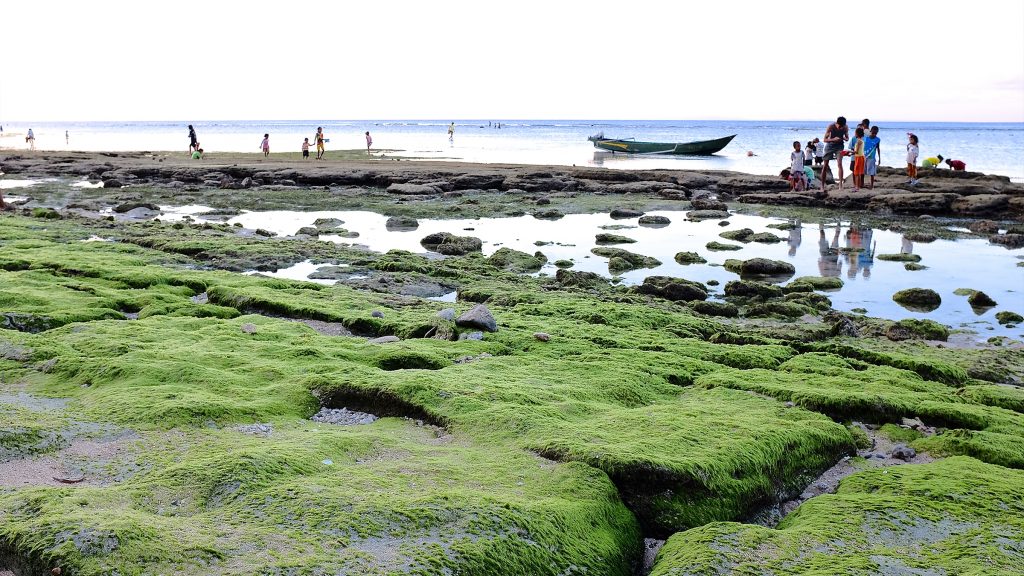This section first appeared in NUS Research News on 24 August 2021.

The Lee Kong Chian Natural History Museum (LKCNHM) at NUS has recently strengthened its alliance with Conservation International and the Ministry of Agriculture and Fisheries of the Democratic Republic of Timor-Leste to foster greater academic collaboration and promote research activities in Timor-Leste’s protected forests and marine ecosystems.
Situated in the Wallacea Biodiversity Hotspot, Timor-Leste is home to highly biodiverse ecosystems. Aside from its lush forests that cover around 49% of its land area, its pristine waters boast exceptional marine biodiversity, including expansive healthy reefs, extensive fisheries and one-third of the world’s cetacean (whale and dolphins) species. The biodiversity in Timor-Leste, however, remains relatively understudied and threatened by deforestation, resource extraction activities and land degradation.

This research partnership between Singapore and Timor-Leste will see joint expeditions and surveys to conduct biodiversity surveys of the mangrove, marine, freshwater and terrestrial habitats in and around Timor-Leste’s protected areas.
Professor Peter Ng, Head of LKCNHM, said, “Timor-Leste’s biodiversity is an important part of Southeast Asia’s natural heritage and there are many elements of its fauna which are still poorly studied. As such, the museum is very happy to be able to work with our Timor-Leste friends to expand our knowledge of these animals!”
Over the next five years, scientists from LKCNHM and Timor-Leste plan to carry out exchange visits, symposiums and more, to facilitate the exchange of expertise and best practices.
“The biological specimens collected from Timor-Leste will be housed and maintained in LKCNHM’s well-equipped facilities and publicly available for researchers, as well as shared with Timor-Leste scientists as their in-country capabilities are being developed,” Prof Ng added.

“It is an important step for Timor-Leste to have ownership and stewardship over its own resources while allowing these to be shared with the global community,” expressed Manuel Mendes, Country Director of Conservation International Timor-Leste, which played a key role in facilitating the tripartite collaboration.